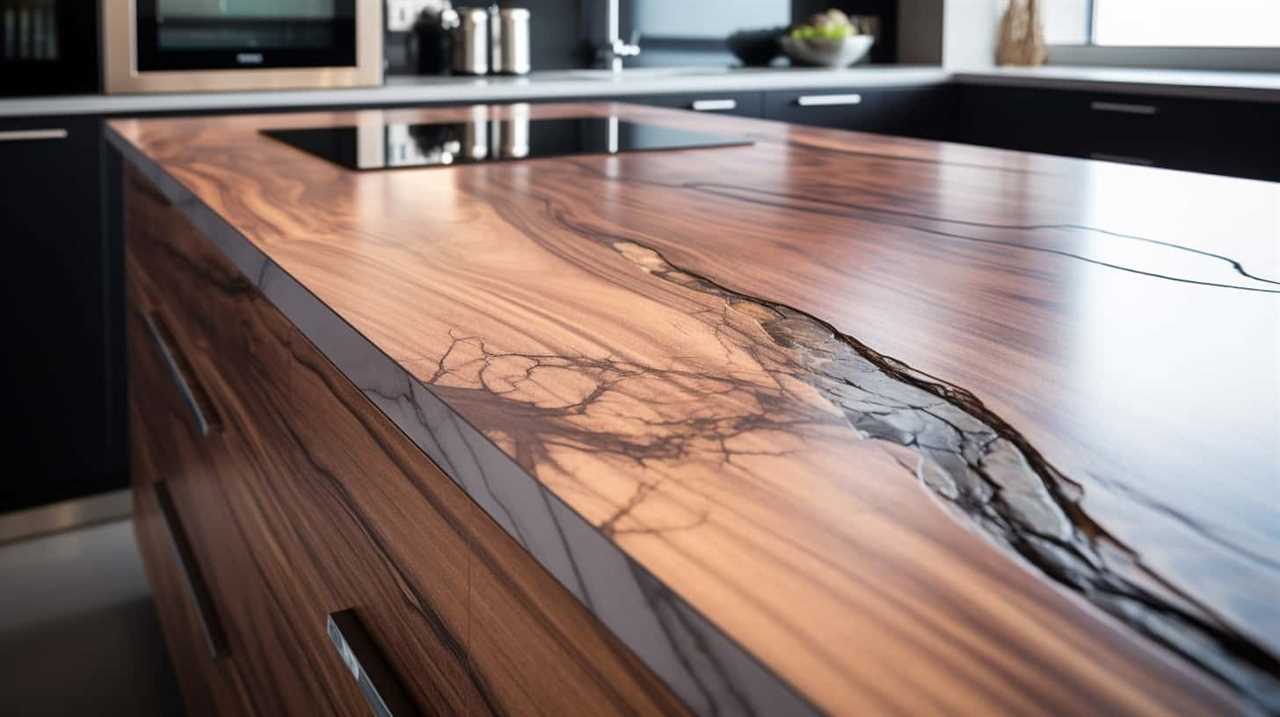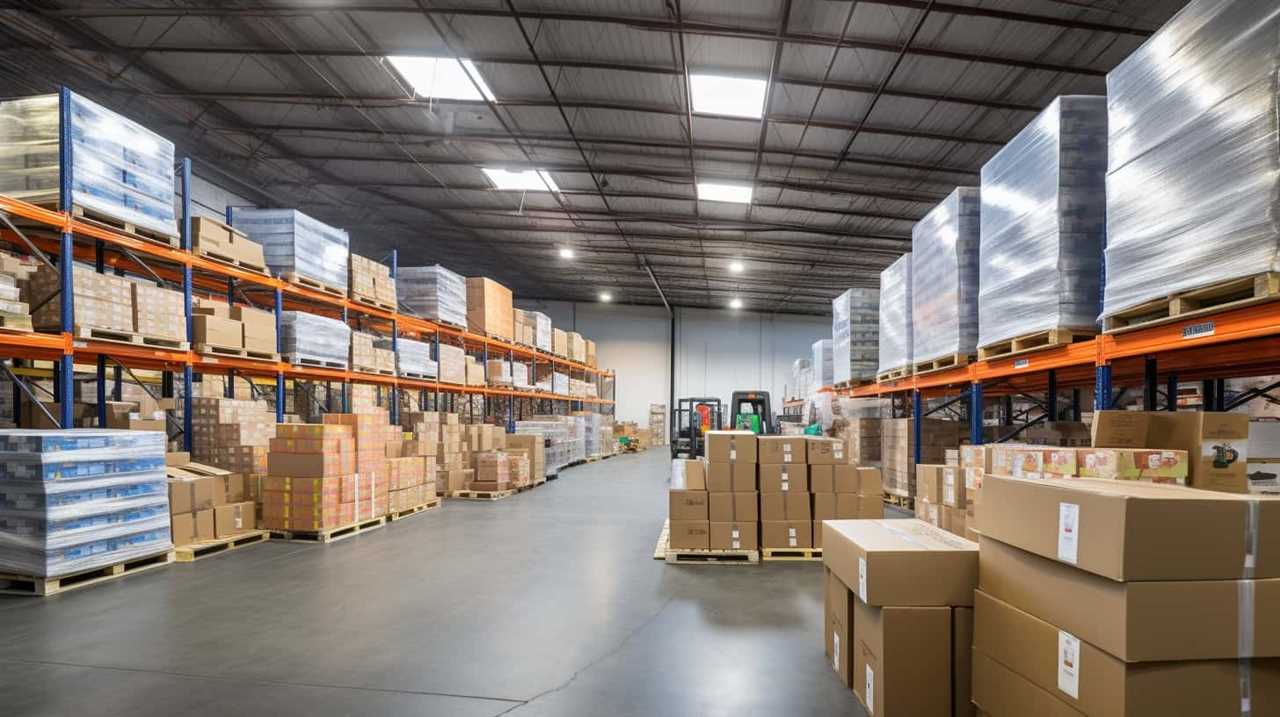When thinking about buying or using European appliances in Canada, it is important to be aware of the compatibility issues that might come up. The main issues stem from variations in electrical voltage, frequency, and power plug/socket types between the two regions.
This article aims to provide a comprehensive overview of these issues and guide readers through the process of adapting or converting European appliances to meet Canadian standards. Additionally, we will discuss important considerations for those planning to purchase new appliances in Canada.
By understanding the potential compatibility issues and available solutions, individuals seeking mastery in this subject can make informed decisions regarding the use of European appliances in a Canadian setting.
Key Takeaways
- European appliances operate on a different electrical voltage and frequency than Canadian appliances.
- Adapting voltage and frequency is crucial to prevent damage or malfunction.
- Plug adapters and voltage converters can be used to make European appliances compatible with Canadian standards.
- It is important to ensure that European appliances meet Canadian safety regulations and warranty coverage before using them in Canada.
Electrical Voltage and Frequency
The compatibility of European appliances in Canada depends on the electrical voltage and frequency. In Europe, the standard electrical voltage is 230 volts at a frequency of 50 hertz.

However, in Canada, the standard electrical voltage is 120 volts at a frequency of 60 hertz. This difference in voltage and frequency means that European appliances may not work properly in Canada without the appropriate adaptations.
Adapting voltage is crucial to ensure that the appliance receives the correct amount of power, preventing any damage or malfunction. Similarly, adjusting the electrical frequency is necessary to ensure that the appliance operates at the intended speed and efficiency.
Understanding these differences and making the necessary adjustments will ensure the compatibility of European appliances in Canada.
Moving forward, let’s now discuss the power plug and socket types.

Power Plug and Socket Types
Continuing from the previous subtopic on electrical voltage and frequency, an important consideration when determining the compatibility of European appliances in Canada is the power plug and socket types. The power plugs and sockets used in Europe and Canada are different, meaning that European appliances may not directly plug into Canadian outlets.
To adapt the power plug, the following options are available:
- Use a plug adapter: This device allows the European plug to fit into a Canadian socket, but it does not convert the voltage or frequency.
- Use a voltage converter: If the European appliance requires a different voltage than the Canadian standard, a voltage converter can be used to adjust the power supply.
- Use a power strip or extension cord: This option allows multiple European appliances to be connected to a single Canadian outlet.
- Replace the power cord: In some cases, it may be possible to replace the European power cord with a Canadian one to make it compatible.
Understanding the power plug and socket types is crucial for international compatibility. In the next section, we will discuss how to adapt European appliances to Canadian standards.
Adapting European Appliances to Canadian Standards
To ensure compatibility between European appliances and the Canadian electrical system, it is necessary to adapt the appliances to meet Canadian standards. Adapting European appliances to Canadian regulations is crucial when importing them to Canada.

The first step in the adaptation process is to verify the voltage requirements of the European appliance and compare them to the Canadian standard of 120 volts. If the appliance operates on a different voltage, a voltage converter or transformer may be required to adjust the voltage to the appropriate level.
It is also important to consider the frequency difference between European and Canadian electrical systems, as European appliances typically operate on 50 Hz while Canada uses 60 Hz. To address this, a frequency converter may be necessary.
Additionally, it is essential to ensure that the European appliance meets Canadian safety standards, which may involve obtaining certification from a recognized testing laboratory such as CSA Group or UL.
Adapting European appliances to Canadian standards is a complex process that requires careful consideration of voltage, frequency, and safety regulations. Importers should consult with professionals who specialize in electrical systems and appliance compatibility to ensure a smooth transition and compliance with Canadian regulations.

Potential Compatibility Issues
Potential compatibility issues can arise when using European appliances in Canada. It is important to consider these factors before purchasing or using such appliances.
Here are some potential compatibility issues to be aware of:
- Voltage and Frequency: European appliances typically operate on 220-240 volts at 50 Hz, while Canadian electrical systems use 120 volts at 60 Hz. This difference can cause appliances to malfunction or not work at all.
- Plug Types: European appliances often have different plug types, such as the Europlug or Schuko plug, which are not compatible with Canadian outlets. Adapters or rewiring may be necessary.
- Safety Regulations: European appliances may not meet Canadian safety regulations, which could pose risks to users. It is essential to ensure that the appliance has necessary safety certifications before use.
- Potential Warranty Issues: Using European appliances in Canada may void the manufacturer’s warranty. It is important to check the warranty terms and conditions before purchasing or using these appliances.
Considering these potential compatibility issues will help you make an informed decision when using European appliances in Canada, ensuring both safety and functionality.
Converting European Appliances for Canadian Use
European appliances can be converted for Canadian use by addressing the potential compatibility issues mentioned earlier.

One of the main compatibility issues is the difference in voltage between Europe and Canada. European appliances typically operate on a voltage of 220-240 volts, while Canadian appliances operate on a voltage of 120 volts. To adapt the voltage, a voltage converter or transformer can be used. This device will convert the higher European voltage to the lower Canadian voltage, allowing the appliance to function properly. It is important to choose a voltage converter that can handle the power requirements of the appliance.
Additionally, electrical compatibility should be considered, such as the type of plug used in Europe versus Canada. Adapters can be used to convert the plug shape to match the Canadian outlets.
Considerations for Buying New Appliances in Canada
When considering buying new appliances in Canada, two important factors to keep in mind are voltage compatibility and the availability of spare parts.
Appliances designed for European markets typically operate on a different voltage than those in Canada, so it is crucial to ensure that any appliance purchased is compatible with the Canadian electrical system.

Additionally, it is important to consider the availability of spare parts for the appliance, as this can affect the ease of repairs and maintenance in the future.
Voltage Compatibility for Appliances
Considering the voltage compatibility for appliances is essential when purchasing new appliances in Canada. The voltage in Canada is 120 volts, while in most European countries, it is 220-240 volts.
To ensure that your European appliances work properly in Canada, you may need to consider the following:
- Adapting voltage: Some appliances have a dual voltage option, allowing them to work on both 120 volts and 220-240 volts. Check the appliance’s specifications or consult the manufacturer.
- Voltage converters: If your European appliance does not have a dual voltage option, you will need a voltage converter to convert the 120 volts in Canada to the required voltage for your appliance.
- Wattage compatibility: Ensure that the wattage of the appliance is compatible with the voltage converter being used. Using a converter with insufficient wattage can damage the appliance.
- Plug adapters: European appliances typically have different plug types than Canadian outlets. You may need a plug adapter to fit the appliance into the Canadian outlets.
Availability of Spare Parts
Obtaining spare parts for new appliances purchased in Canada is a crucial aspect to consider. When buying appliances, it is essential to ensure that spare parts are readily available to ensure the longevity and functionality of the products.

The availability of repair services and warranty coverage are important factors to consider when evaluating the availability of spare parts. It is advisable to choose appliances from reputable brands that have a strong presence in Canada, as they are likely to have a robust supply chain for spare parts.
Additionally, it is recommended to inquire about the warranty coverage provided by the manufacturer or retailer to ensure that any potential repairs or replacements are covered.
Frequently Asked Questions
Can I Use a European Appliance in Canada With Just a Simple Plug Adapter?
Voltage compatibility for European appliances in Canada can be an issue, as the European standard is 220-240V while Canada uses 120V. Using a simple plug adapter alone may not suffice, and cost-effective solutions like voltage converters or purchasing appliances compatible with the local voltage are recommended.
Are All European Appliances Compatible With Canadian Electrical Systems?
Voltage compatibility between European and Canadian electrical systems may pose issues when using European appliances in Canada. Additionally, the difference in plug types may require the use of adapters or the replacement of plugs to ensure proper functionality and safety.

What Are the Potential Risks or Dangers of Using European Appliances in Canada Without Proper Adaptation?
Using European appliances in Canada without proper adaptation can pose potential risks and dangers. Common mistakes people make include incorrect voltage, incompatible plugs, and inadequate grounding, which can lead to electrical malfunctions or even fires.
Is It Possible to Convert a European Appliance for Canadian Use Without Professional Help?
Converting European appliances for Canadian use without professional help is possible, but not recommended. DIY attempts may result in incorrect wiring, voltage mismatches, and potential safety hazards. Hiring an expert ensures proper adaptation and avoids common challenges in electrical system compatibility.
Are There Any Specific Regulations or Certifications That European Appliances Need to Meet in Order to Be Used in Canada?
Certification requirements and voltage compatibility are crucial factors for European appliances to be used in Canada. It is necessary to ensure that these appliances meet the specific regulations and certifications required by Canadian standards before they can be used.
Will European Appliances Work in Canada if They Work in the UK?
Yes, European appliances in UK will work in Canada. Both countries use a 240-volt electrical system, which is compatible with most European appliances. However, you may need a plug adapter to fit the Canadian outlets. Always check the appliance label for voltage requirements before use.
Conclusion
In conclusion, European appliances may not work directly in Canada due to differences in electrical voltage, power plug and socket types, and compatibility issues.

However, these appliances can be adapted or converted to meet Canadian standards.
Alternatively, it is advisable to consider buying new appliances in Canada to avoid any potential complications.










